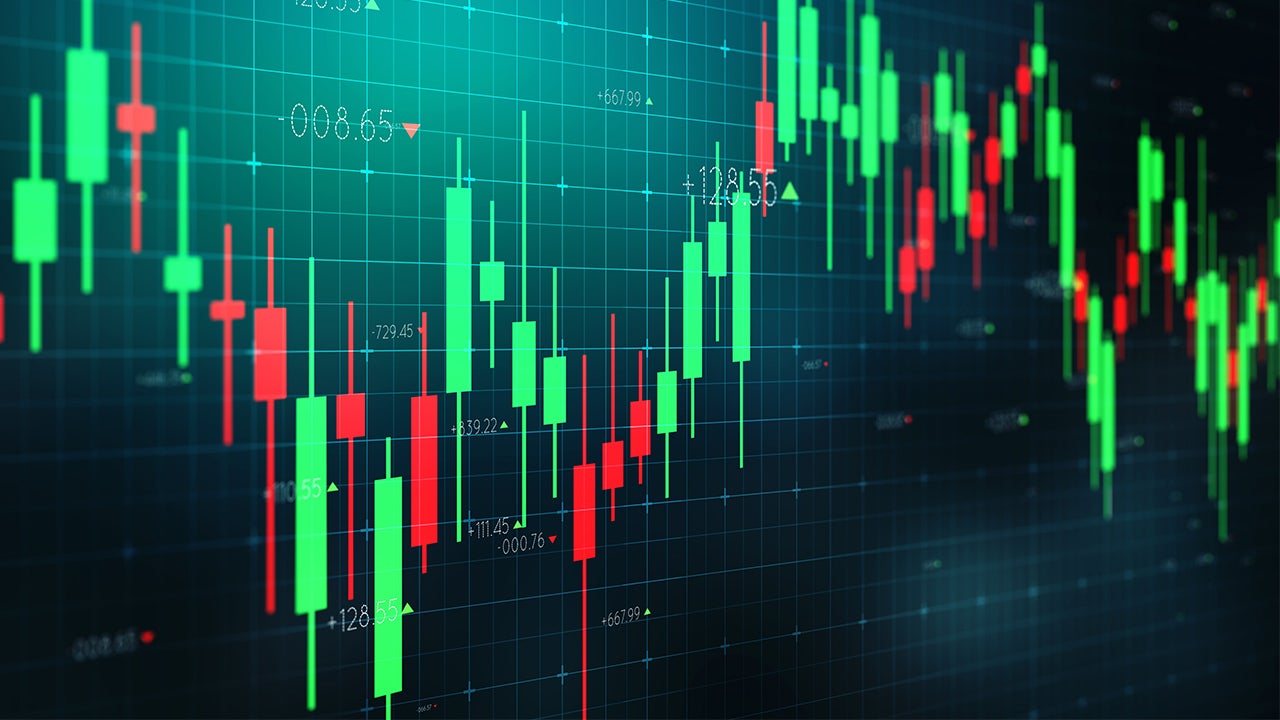
Fixed Income Emerging market local debt | Monthly macro insights
Catch up on monthly fixed income insights from our emerging market local debt team.

India has become the top performer among emerging Asian countries. NIFTY 50 and BSE SENSEX returned 4.35% and 3.96% YTD, and more encouragingly, rose 79.94% and 81.63% over the past five years, doubling the growth of MSCI All Country World Index.1 The number of firms going public also hit a record high with 184 IPOs being hosted in India this year.1
We are positive about this region and its outlook, considering its comparative advantages in fundamentals and the potential of emerging trends.
India is the fifth largest economy in the world with a GDP of USD3.38 trillion in 2022.2 It is also the fastest growing country in Asia with annualized GDP growth expected to reach 6.5% over the next five years.3
The International Monetary Fund (IMF) has recently upgraded India's growth forecast for 2024 to 6.3% from 6.1% due to stronger-than-expected consumption in the second quarter of 2023. The forecast for 2023 and 2024 remains unchanged at 6.3%.4
Source: International Monetary Fund, October 2023
Source: Bloomberg, 31 October 2023
An active fund of around 70 companies featuring quality growth characteristics in the fastest growing large country in the world.
The investment concerns the acquisition of units in an actively managed fund and not in a given underlying asset.

Catch up on monthly fixed income insights from our emerging market local debt team.

Asian and emerging market equities offer investors diversification benefits, with our strategies focused on ideas in unloved areas of the market. Find out more.

The Indian election was narrowly won by Narendra Modi's Bharatiya Janata Party (BJP), but what are the investment implications. Find out more.
1 Bloomberg, 2 November 2023
2 World Bank, 1 July 2023
3 HSBC Global Research, September 2023
4 International Monetary Fund, October 2023
5 Mint, “Does the 4% inflation target need a reset?”, 29 August, 2023
6 Macquarie Research, August 2023
7 Bloomberg, 31 October 2023
For complete information on risks, refer to the legal documents. The value of investments and any income will fluctuate (this may partly be the result of exchange rate fluctuations) and investors may not get back the full amount invested.
As a large portion of the fund is invested in less developed countries, you should be prepared to accept significantly large fluctuations in the value of the fund. As this fund is invested in a particular country, you should be prepared to accept greater fluctuations in the value of the fund than for a fund with a broader investment mandate. The fund invests in a limited number of holdings and is less diversified. This may result in large fluctuations in the value of the fund.
Data as at 29thNovember 2023, unless otherwise stated. This is marketing material and not financial advice. It is not intended as a recommendation to buy or sell any particular asset class, security or strategy. Regulatory requirements that require impartiality of investment/investment strategy recommendations are therefore not applicable nor are any prohibitions to trade before publication. Views and opinions are based on current market conditions and are subject to change.
For information on our funds and the relevant risks, refer to the Key Information Documents/Key Investor Information Documents (local languages) and Prospectus (English, French, German, Spanish, Italian), and the financial reports, available from www.invesco.eu. A summary of investor rights is available in English from www.invescomanagementcompany.lu. The management company may terminate marketing arrangements. Not all share classes of this fund may be available for public sale in all jurisdictions and not all share classes are the same nor do they necessarily suit every investor.
Invesco Asset Management (Schweiz) AG acts as representative for the funds distributed in Switzerland. Paying agent in Switzerland: BNP PARIBAS, Paris, Zurich Branch, Selnaustrasse 16 8002 Zürich. The Prospectus, Key Information Document, and financial reports may be obtained free of charge from the Representative. The funds are domiciled in Luxembourg.
EMEA 3423266